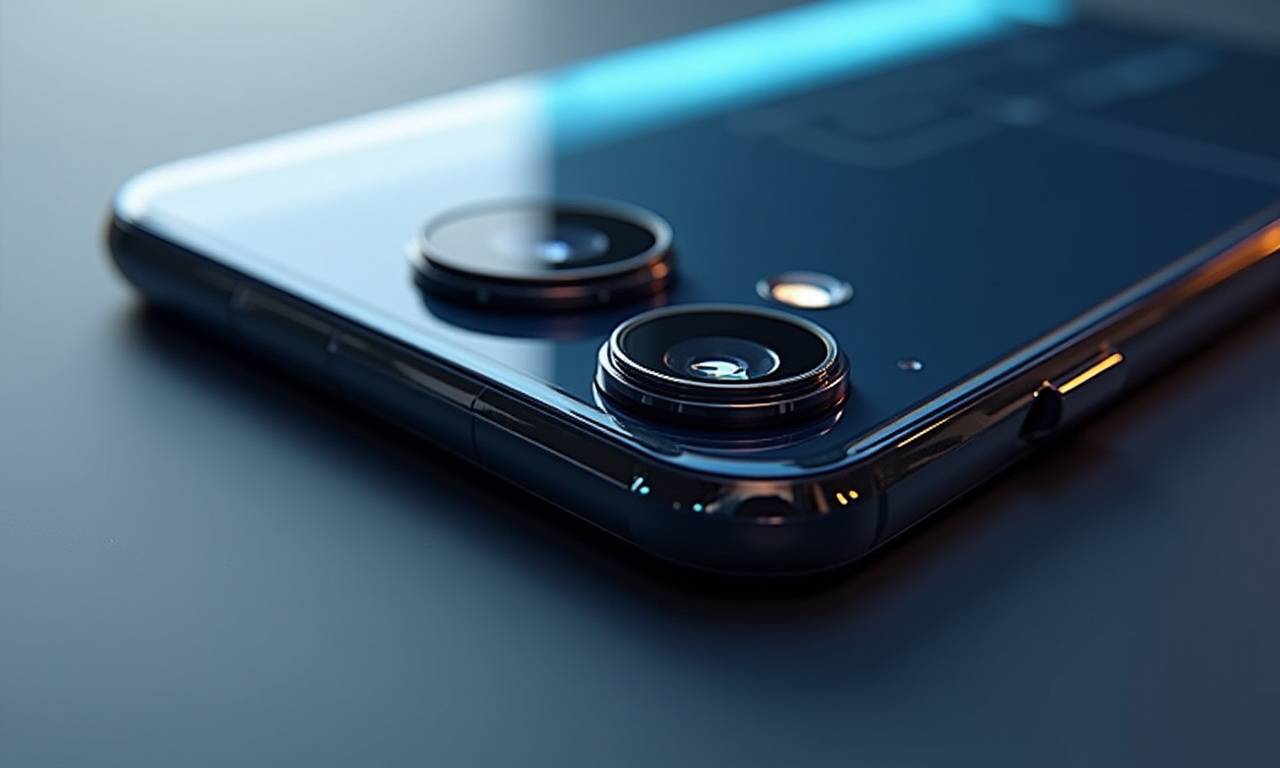Insider Ice Universe has revealed intriguing information: according to him, the camera specs of the Samsung Galaxy S27 Ultra will be influenced by the specifications of the iPhone 18 Pro Max’s main camera.

This image was generated by ChatGPT. Ice Universe explained: if Apple employs a sensor with an optical format of 1/1.14 inches in its upcoming flagship, Samsung will equip the Galaxy S27 Ultra with a 200-megapixel sensor measuring 1/1.12 inches diagonally. Conversely, if Apple opts for a 1/1.3-inch optical sensor, the main camera on the Galaxy S27 Ultra will feature a 200-megapixel sensor with the same optical format. “It’s so spineless,” summarized Ice Universe.
A Glimpse into the Future of Smartphone Cameras
The race to enhance smartphone cameras has been heating up, with manufacturers vying for dominance through higher megapixel counts and sophisticated image processing techniques. Ice Universe, who first accurately predicted the waterfall screen trend, the notch in the iPhone X, the new design for the iPhone 14, and Samsung’s 200-megapixel image sensor, shares that these exclusive insights are leaks from sources within the South Korean giant’s research and development department.
Why This Matters
Understanding the rivalry between tech giants like Samsung and Apple offers valuable insights into industry trends. Samsung’s decision to mirror Apple’s camera specs could signal a shift in how smartphone manufacturers define flagship features. With consumers increasingly reliant on their mobile devices for photography, improvements in camera technology have become crucial differentiators in the market.
Impact on the Market
For consumers, this development means that the competition driving technical advancements is likely to result in more powerful devices capable of capturing striking images. In the broader context, the move could also affect market dynamics, pushing competitors to innovate rapidly to keep pace.
Technical Exploration
Optical format sizes in camera sensors are critical, as they determine the sensor’s light-capturing ability. A larger sensor typically provides better image quality, especially in low-light conditions, by capturing more light. The choice between different sensor sizes can significantly impact the performance capabilities of the cameras within these high-end smartphones.
Looking Ahead
The ongoing competition between Samsung and Apple suggests that consumers can expect more comparable innovations in forthcoming releases. As each tries to outshine the other, the resulting technological breakthroughs are likely to redefine what users should anticipate from their smartphone cameras, promising an exciting future for mobile photography enthusiasts.





